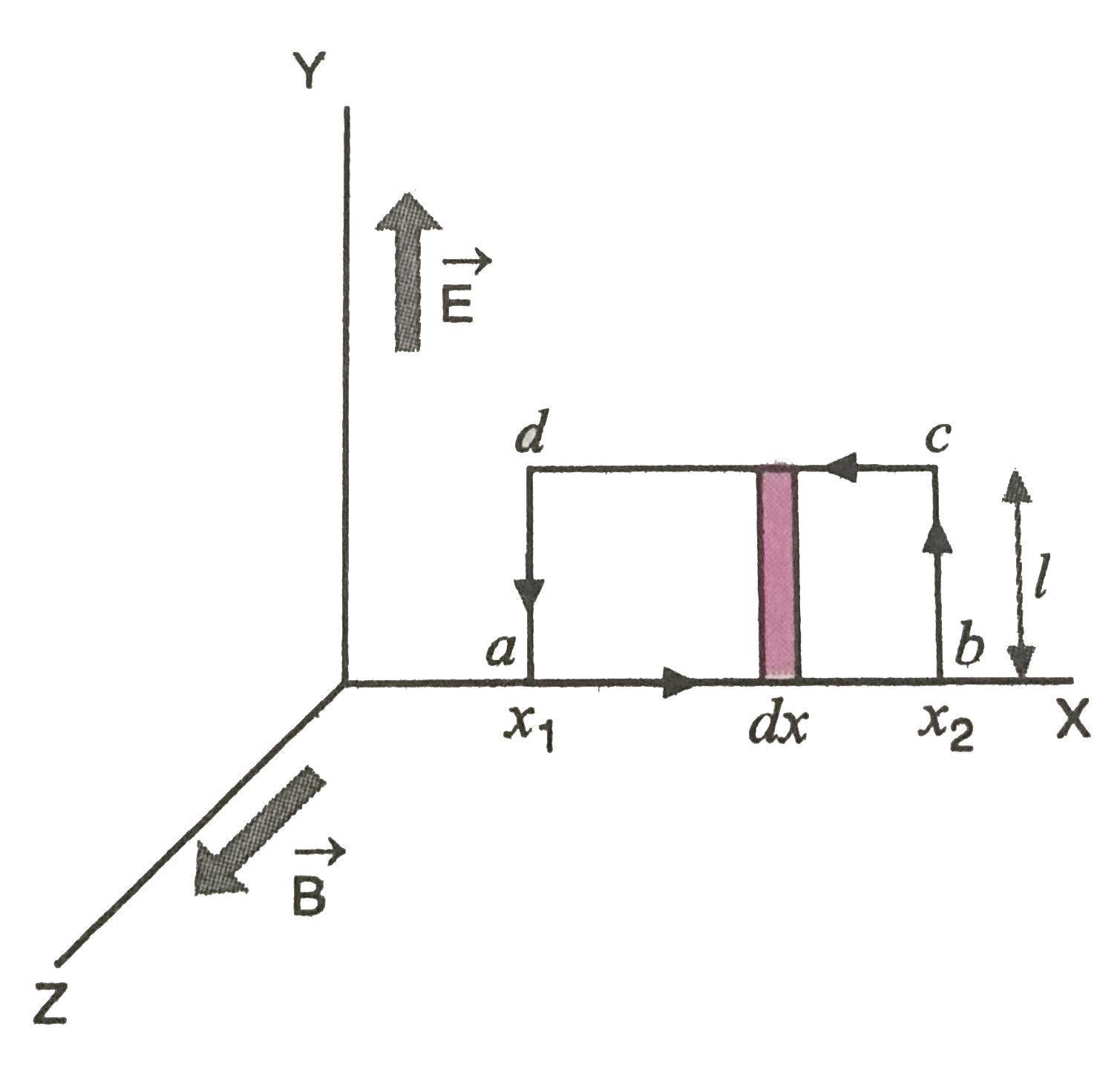A
B
C
D
Text Solution
Verified by Experts
The correct Answer is:
|
Topper's Solved these Questions
ELECTROMAGNETIC WAVES
PRADEEP|Exercise (C) Problems for practice|1 VideosView PlaylistELECTROMAGNETIC WAVES
PRADEEP|Exercise Multiple choice questions|1 VideosView PlaylistELECTROMAGNETIC WAVES
PRADEEP|Exercise Value based questions|5 VideosView PlaylistELECTROMAGNETIC INDUCTION & ALTERNATING CURRENT
PRADEEP|Exercise Multiple Choice Questions|1 VideosView PlaylistELECTRONIC DEVICES
PRADEEP|Exercise Fill in the Blanks|1 VideosView Playlist
Similar Questions
Explore conceptually related problems
Knowledge Check
A
B
C
D
Submit
A
B
C
D
Submit
A
B
C
D
Submit
Similar Questions
Explore conceptually related problems
PRADEEP-ELECTROMAGNETIC WAVES-Exercise
- The electric field on an electromagnetic wave in free space is given b...
05:13
|
Play - If mu0 be the permeability and k0 , the dielectric constant of a mediu...
03:59
|
Play - An em wave going through vacuum is described by E=E0sin(kx-omegat) B...
02:41
|
Playing Now - An electromagnetic wave of frequency v=3.0 MHz passes from vacuum into...
02:51
|
Play - The amplitude of em wave in vacuum is doubled with no other changes ma...
01:33
|
Play - Dimension of (1)/(mu(0)epsilon(0)), where symbols have usual meaning, ...
00:40
|
Play - The ratio of amplitude of magnetic field to the amplitude of electric ...
00:59
|
Play - A plane e.m. wave travelling along the x-direction has a wavelength of...
06:14
|
Play - The electric field part of an electromagnetic wave in a medium is repr...
03:54
|
Play - The refractive index and the permiability of a medium are respectively...
02:44
|
Play - The energy contained in a small volume through which an electromagneti...
01:16
|
Play - In an electromagnetic wave, the electric and magnetizing field are 100...
01:58
|
Play - Electromagnetic waves travel in a medium which has relative permeabili...
03:05
|
Play - A small metallic ball is charged positively and negatively in a sinuso...
02:56
|
Play - A flood light is covered with a fitter than transmits red light. The e...
02:46
|
Play - If a 100 watt bulb acts as a point source and has 2.5% efficiency, the...
02:59
|
Play - If a 100 watt bulb acts as a point source and has 2.5% efficiency, the...
02:59
|
Play - In an e.m. wave the electric and magnetic fields are 200V//m and 0.365...
02:19
|
Play - The sun delivers 10^3W//m^2 of electromagnetic flux to the earth's sur...
01:59
|
Play - In an e.m. wave the electric and magnetic fields are 200V//m and 0.365...
02:19
|
Play
